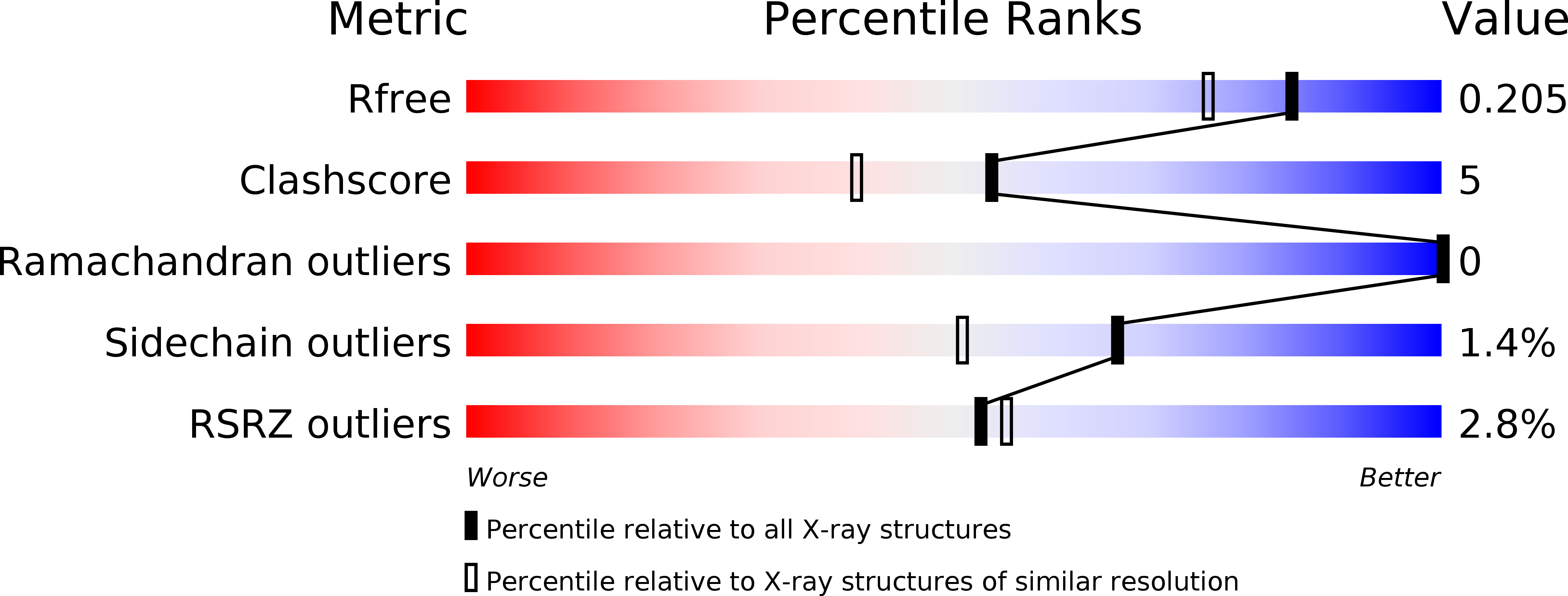
Deposition Date
2005-05-03
Release Date
2005-07-05
Last Version Date
2024-02-14
Entry Detail
PDB ID:
1ZKL
Keywords:
Title:
Multiple Determinants for Inhibitor Selectivity of Cyclic Nucleotide Phosphodiesterases
Biological Source:
Source Organism:
Homo sapiens (Taxon ID: 9606)
Host Organism:
Method Details:
Experimental Method:
Resolution:
1.67 Å
R-Value Free:
0.20
R-Value Work:
0.19
R-Value Observed:
0.19
Space Group:
P 31 2 1


